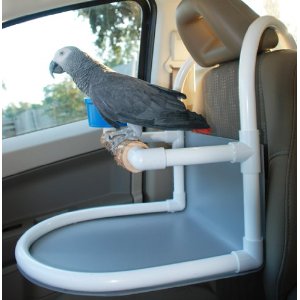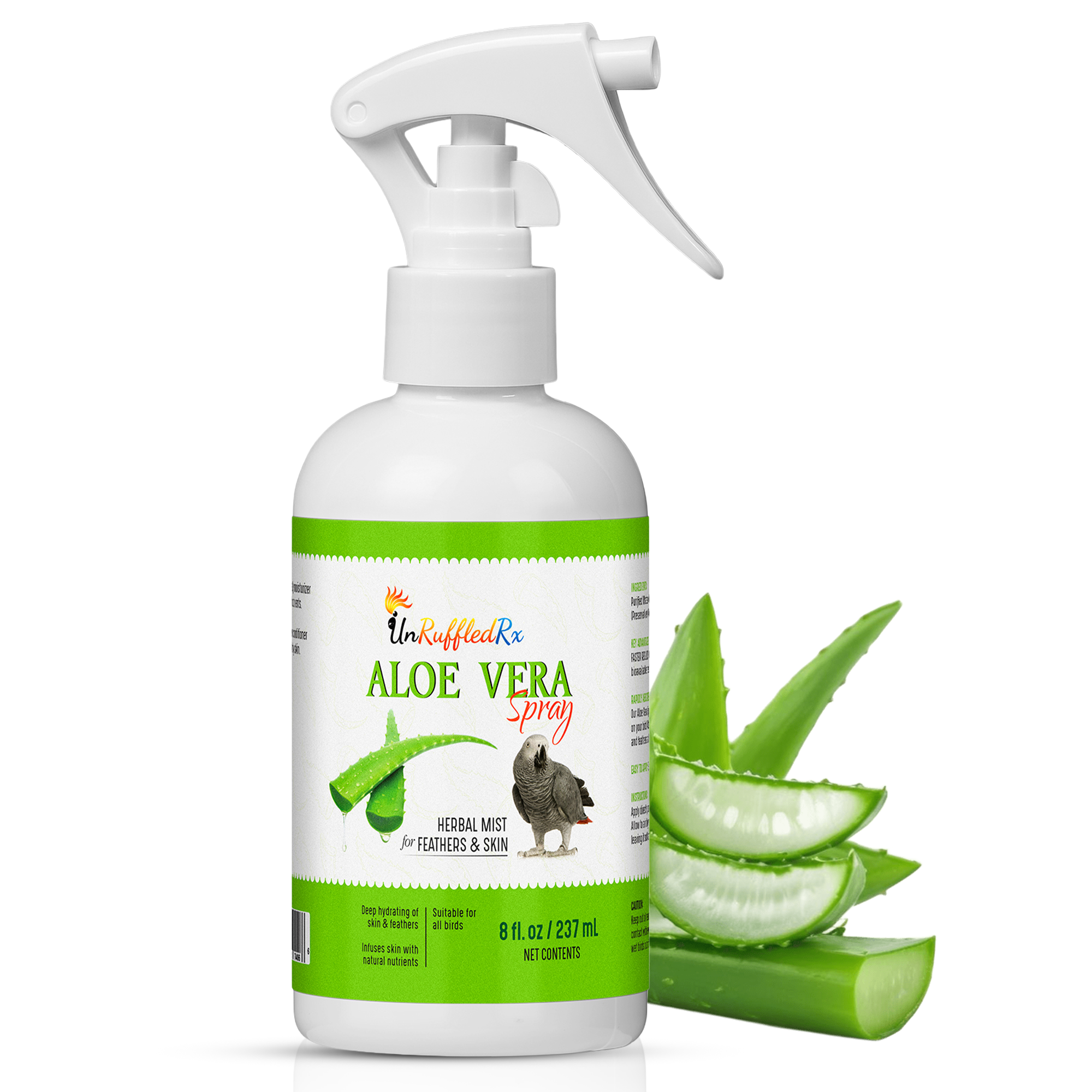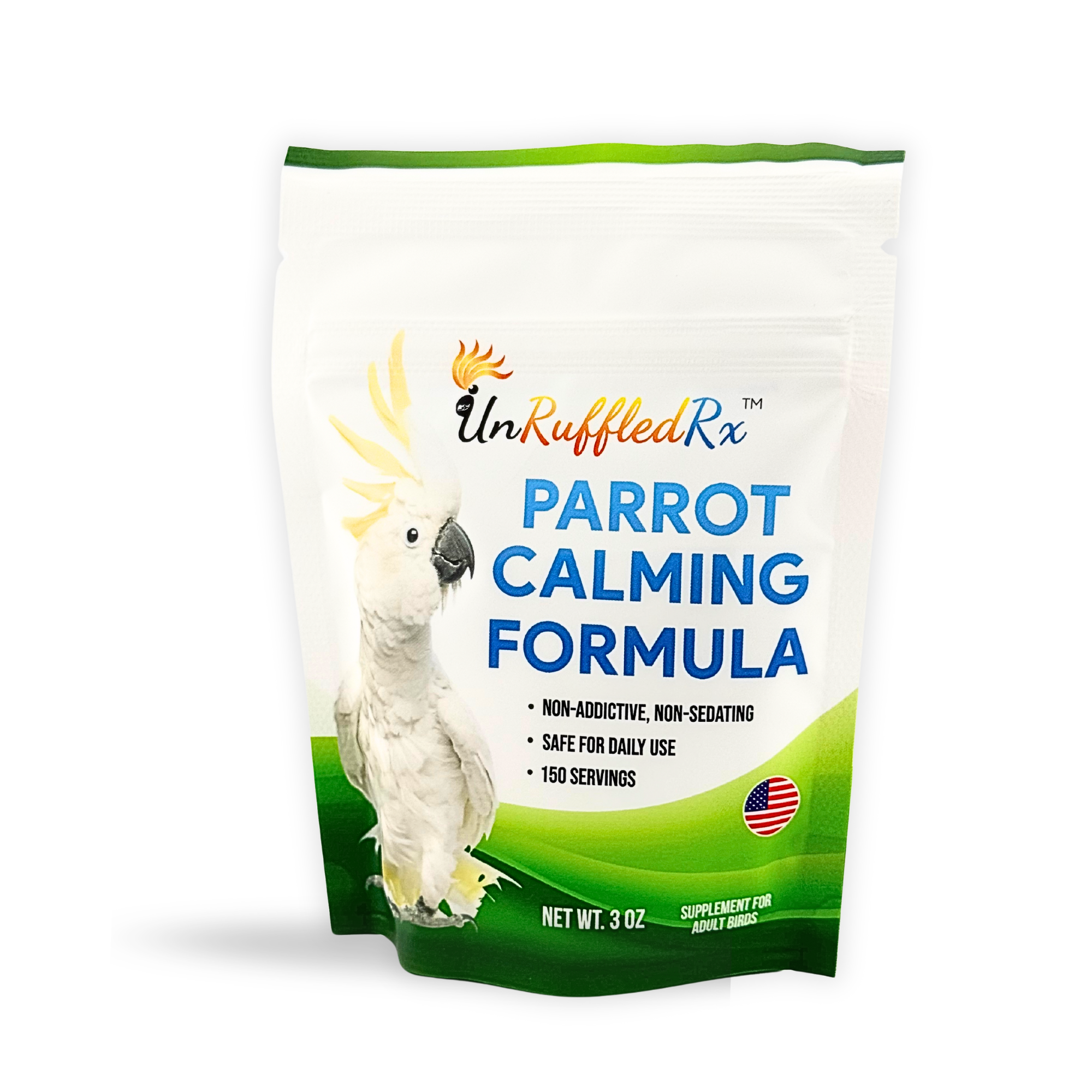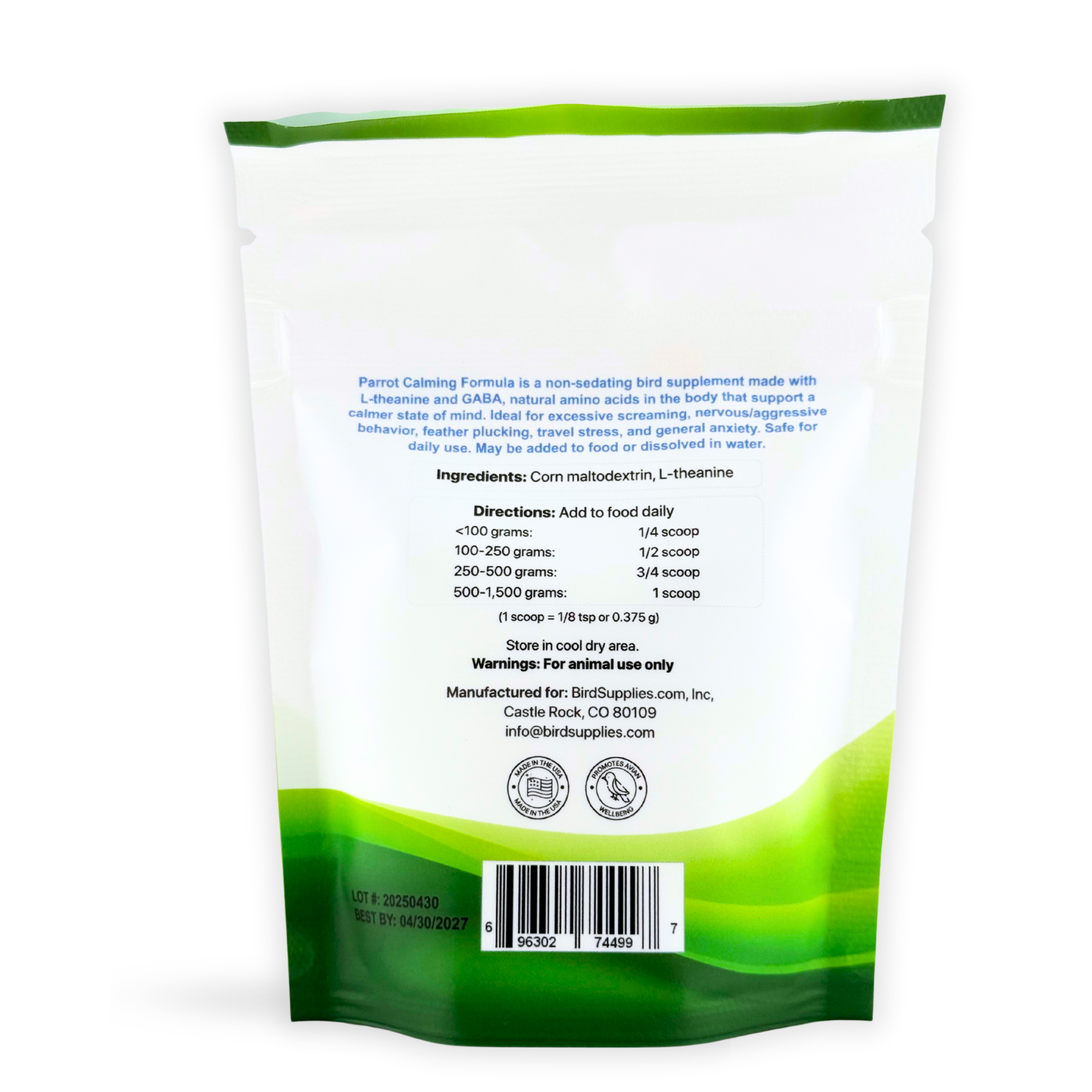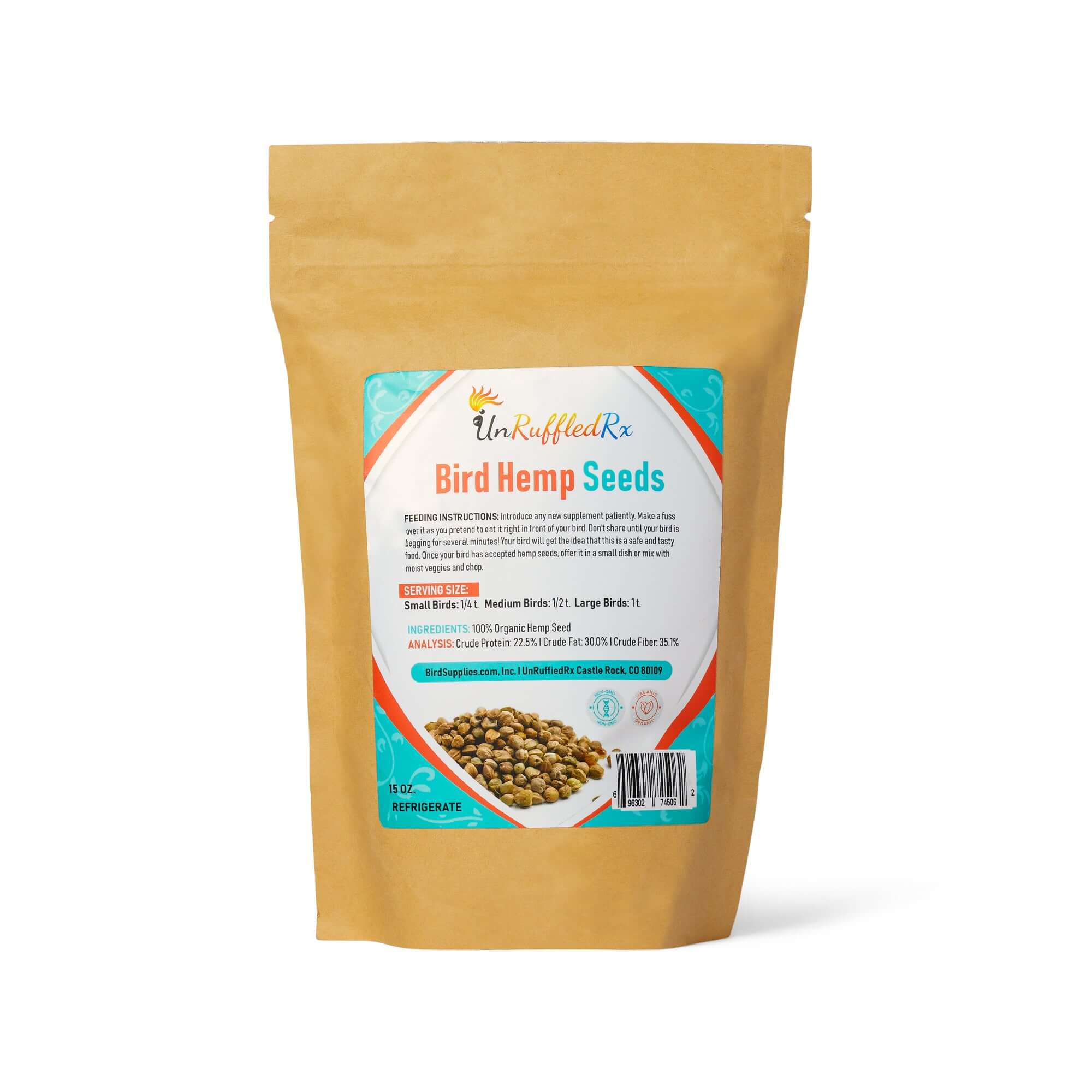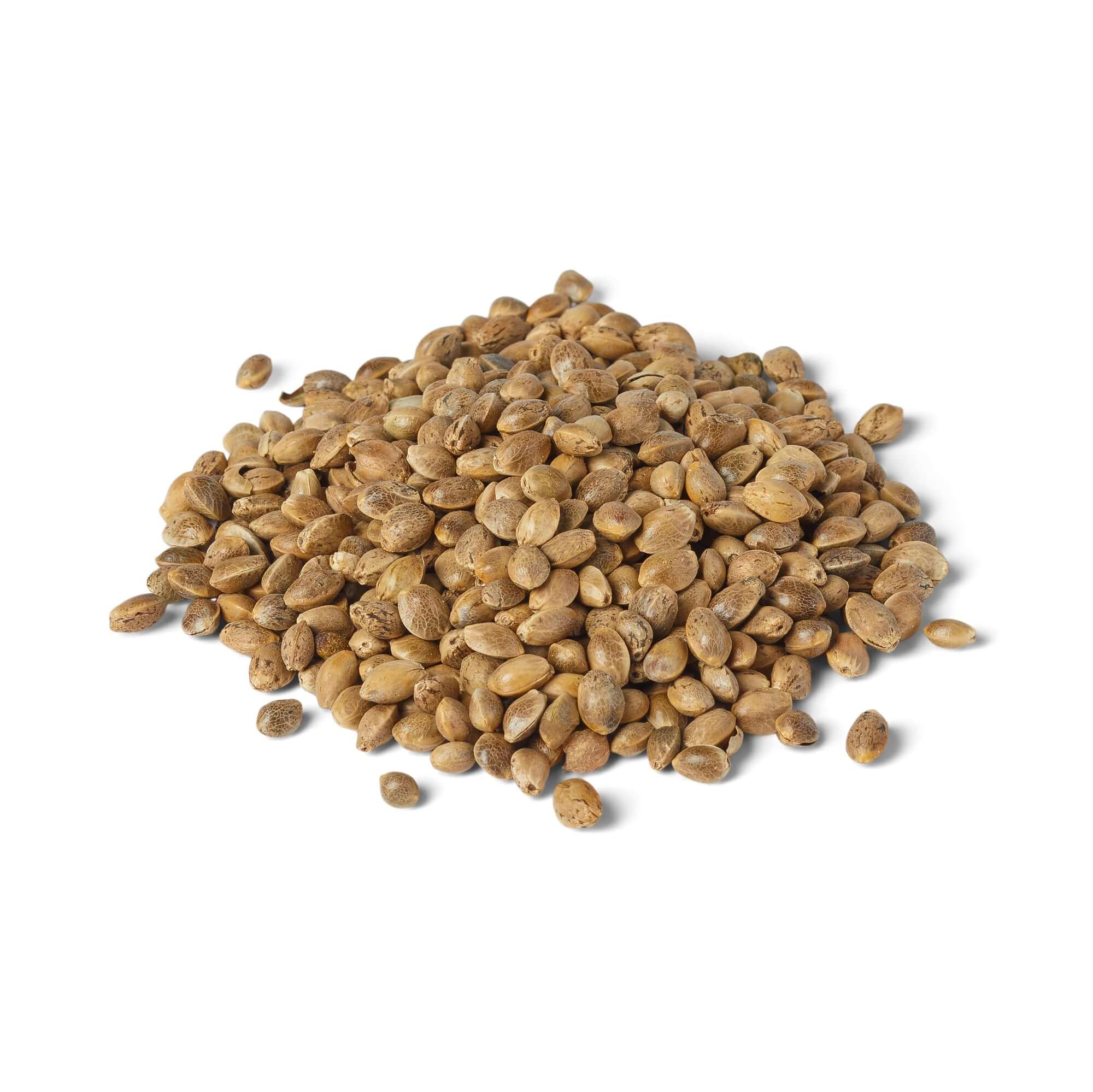Table of Contents
Summer's here, and travel's easier than ever. Thinking about a vacation? Whether to hire a bird sitter or bring your feathered friend along might be on your mind.
As you know, parrots thrive on interaction. Relying on someone to just refill their food and water isn't the same as daily bonding. Why not bring them along? Traveling with your bird can be rewarding with the right preparation.
Explore all you need to know about traveling with your feathery friend in this detailed blog post.
Your Guide To Traveling With Birds By Car
Traveling with your bird means adapting to different scenarios. Whether staying in a hotel or an RV, or navigating airline policies, preparation varies widely. Stick around for a resource guide at the article's end tailored to all modes of transport.
Bird Travel Must-Haves
When traveling with your parrot, prioritize safety. This means a sturdy, roomy carrier, a consistent diet, and precautions to avoid losing your bird. Here’s what you should always have when traveling:
- A sturdy, well-ventilated bird carrier
- A bird carrier cover
- A bird harness
- Jugs of distilled water
- A mister bottle
- Bird food and treats
- Bird toys
- Vet records, including leg-band and/or microchip number
Choosing the right carrier is crucial. It should be lightweight yet durable, easy to clean, and provide proper ventilation to keep your bird comfortable, especially during the hot months.
The Pak O Bird line offers options from backpack-style carriers to in-cabin airline bird carriers.
For more detailed advice on picking the best carrier for your parrot, check out our offerings here.
8 Tips On How To Transport A Bird In A Car
1. Secure Your Bird Carrier
When planning a road trip with your feathered friend, finding a good spot for their carrier in the car is important for their comfort. A smart choice is to place the carrier on the backseat, shielded from direct sunlight using child window screens. These screens can help reduce the heat and glare from the sun while ensuring your bird isn’t exposed to drafts, which could make them uncomfortable.
Be sure to secure the carrier firmly with a seatbelt or car seat anchors to keep it stable during the drive. It’s essential to maintain good airflow around the carrier, so even with the window screens, the inside remains well-ventilated. Regular checks throughout your journey will help ensure that everything stays just right, keeping your bird safe and cozy while you both enjoy the trip.
Note: Never place your bird in the front seat to avoid injury from airbag deployment.
2. Practice Traveling With Your Parrot
Acclimating your bird to car travel is key to ensuring they have a positive experience on the road, especially since some birds can get car sick or may associate car rides with stressful vet visits. Start by introducing your bird to the carrier in a comfortable, familiar environment at home. Allow them to explore the carrier with the door open, placing favorite treats or toys inside to make it inviting.
Once your bird seems comfortable going in and out of the carrier, begin short, gentle car trips. These initial outings should be to pleasant destinations, not just the vet, to help break the association of car travel with stress. During these rides, keep the atmosphere calm with soft music or quiet talk, and ensure the carrier is stable and doesn’t sway or shake. After each successful short trip, gradually increase the duration of the rides. If your bird shows signs of nausea or discomfort, take a break and try again another day, perhaps with some adjustments like slightly altering the carrier's position in the car or timing trips after they’ve digested their food. With patience and positive reinforcement, your bird can learn to view car travel as just another safe, enjoyable adventure with you.
3. Create Your Bird Travel Kit
Creating a travel kit for your bird is an essential part of preparing for any trip, whether it's a leisurely journey or an emergency evacuation. It's important to maintain your bird’s regular diet and routine during travel to keep them comfortable and reduce stress. Changes in their environment are enough of a challenge without altering their food or schedule.
For a 2-3 day leisure trip, your travel kit should include enough of your bird's usual food, a water bottle or dish, their favorite toys, and any necessary grooming supplies. Make sure to also pack a first aid kit tailored for birds, which could include items like styptic powder and wound disinfectant. It's also a good idea to bring a cover for the carrier to help your bird feel secure during nights or in unfamiliar environments.
However, for longer trips or in the case of an emergency evacuation, you'll need a more comprehensive kit. In addition to the basics mentioned above, include extra food and water supplies, additional first aid resources, and any medications your bird regularly takes. You should also have a plan for a more extended stay away from home. For detailed guidance on preparing for emergencies, including what to pack and how to plan, refer to the emergency preparedness page specifically for parrot owners: Emergency Preparedness for Parrots. This resource will ensure you’re fully prepared to keep your bird safe and healthy in any situation.
4. Health Inspections and Proof of Ownership
When planning to travel with your bird across state lines, it's essential to have the proper documentation ready. Proof of ownership is key, which can include items like a purchase receipt, a hatch certificate, or registration documents. This proves your bird is legally yours and helps comply with state regulations against illegal wildlife trade. Adding a microchip or leg band with a registered number provides additional security and aids in recovery if your bird ever gets lost.
Before you travel, obtaining a health certificate for your bird is also crucial. Schedule a visit to your avian vet to ensure your bird is free from contagious diseases. This health certificate, generally valid for 30 days, is often required for traveling between states and ensures your bird’s health during the journey.
Lastly, it's important to check the specific entry requirements or quarantine rules of the state you are visiting. These can vary significantly and may affect your travel plans. Contacting the state veterinarian's office or consulting the state’s official website will provide you with the necessary information to ensure your trip is smooth and compliant.
5. Harness Training:
Getting your bird comfy with a harness before a trip can make all the difference. Start harness training about a week or two before you travel. Let your bird get familiar with the harness by playing with it and then slowly start putting it on them for short periods. Keep things positive with lots of treats and praise!
Stick to daily sessions, gradually increasing the time they wear the harness. By the time your trip rolls around, wearing the harness will just be part of their regular routine. For an easy guide on how to do this, check out our blog post "How To Train Your Parrot to Wear a Bird Harness". It’s got all the tips you’ll need to make harness training stress-free, keeping your feathered friend secure and ready for adventure.

6. Never Leave Your Bird Unattended
Never leave your bird alone in the car, not even for a quick errand. Cars can heat up fast, and even a few minutes could lead to dangerous overheating or major stress for your feathered friend. Plus, there’s always a risk that someone could break in and steal your bird. It’s just not worth taking the chance. Always bring your bird with you or have someone stay in the car with them, keeping the air conditioning on to ensure they stay cool and calm. Keeping your bird safe and stress-free is key to a happy journey for both of you!
7. Watch for Signs of Distress:
If you're on the road with your bird, keep an eye out for these signs that might indicate they're feeling a bit stressed or under duress:
- Panting or breathing heavily: Shows they might be overheating or feeling anxious.
- Feather puffing: They could be trying to cool down or might be scared.
- Reduced chirping or talking: A quiet bird can be a sign they're not feeling their best.
- Agitation or pacing: Indicates discomfort or nervousness.
- Loss of appetite or vomiting: Skipping meals or vomiting can be a stress response.
- Excessive feather plucking: A serious stress indicator that needs quick attention.
Spotting these signs early can help you take quick steps to make your bird more comfortable, keeping your travels smooth and enjoyable for both of you!
8. Prevent Fly-offs
Preventing fly-offs when you’re out and about with your bird is super important, especially when you’re traveling. Here are a few tips to keep your feathered friend safe:
- Harness Training: Before you head out, make sure your bird is comfortable and secure in a harness. This is a must-have for any travel because it keeps your bird safely attached to you, even if they get startled.
- Carrier Security: Always use a sturdy, reliable carrier for transport. Ensure it’s locked and secure at all times when your bird is inside, especially if you’re in new or busy environments.
- Constant Supervision: Keep a close eye on your bird during outings. It’s easy for them to get spooked in unfamiliar settings, which can lead to a fly-off. Staying vigilant helps you react quickly to any potential dangers.
- Training for Recall: Teach your bird a recall command that they reliably respond to. This training can be a lifesaver if they ever get out of their harness or carrier.
By taking these precautions, you can minimize the risk of fly-offs and ensure your adventures with your bird are safe and enjoyable for both of you!
Diane Burroughs, LCSW is a licensed psychotherapist trained in ABA therapy techniques. She specializes in avian anxiety disorders and is certified in Nutrition For Mental Health. Diane has written a number of bird behavior books and she offers behavior consultations. She's developed a range of UnRuffledRx Science-backed Parrot Wellness Supplies.
Diane's products have been featured in the Journal of Avian Medicine and Surgery and at Exoticscon, a conference for exotic pet veterinarians. Her bird collars & supplements are stocked in avian vet clinics and bird stores throughout the US. With over 30 years in the field of behavior, Diane has created thousands of successful individualized behavior plans that help pets thrive.
TAGS: #TravelingWithABird #BirdCarSeat
SHARING IS CARING! PLEASE SHARE ON YOUR FAVORITE SOCIAL MEDIA NOW!

